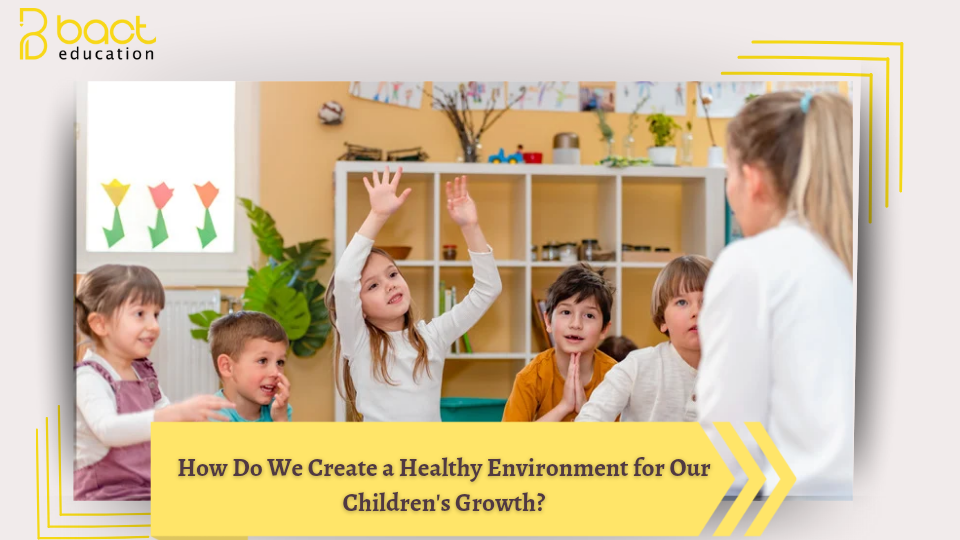Building a Fortress of Safety:
How Do We Create a Healthy Environment for Our Children’s Growth?
Our children are our most precious possession, and we all aspire to see them thrive and grow into healthy and happy individuals. However, proper growth is not limited to providing food and clothing; it requires a nurturing, safe, and stimulating environment, what we call a “healthy climate for the child.” This climate is the foundation upon which their personality is built, their abilities develop, and their values are established. How can we create this fortress of safety and positivity around our children?
Aspects of the Healthy Climate for Children:
Creating a healthy environment for the child involves several integrated aspects, none of which can be overlooked:
Emotional Safety:
A child feels safe when they know that there is someone who loves and accepts them unconditionally, listens to them attentively, and supports them in times of weakness. Expressing love and affection through actions and words, and providing an environment free from shouting, threats, and verbal or physical violence, gives the child a sense of stability and reassurance, and helps them build their self-confidence and trust in others.
Physical Care:
Physical health cannot be separated from mental and emotional health. Providing a balanced, healthy diet, ensuring that the child gets enough sleep and rest, and encouraging regular physical activity are all factors that contribute to their proper physical and mental development. Regular monitoring of the child’s health and addressing any health complaints enhances their sense of care and attention.
Mental and Intellectual Stimulation:
A child’s mind grows through exploration, experimentation, and learning. Providing opportunities for free play, offering age-appropriate educational games, encouraging them to ask questions and discover, and reading to and with them are all means that nourish their curiosity and expand their understanding. An environment that encourages critical thinking and creativity contributes to the development of an educated and innovative generation.
Positive Socialization:
Children learn a great deal through their interactions with others. Providing opportunities for communication with peers, family members, and the community, as well as teaching them effective communication skills, mutual respect, cooperation, and peaceful conflict resolution, are all essential for their social and emotional development. Children should learn how to be an active and positive part of their environment.
Setting Clear Boundaries and Expectations:
Setting clear boundaries and expectations is essential. While love and support are important, children also need clear boundaries and rules that they can understand and anticipate. These boundaries help them comprehend the world around them and learn responsibility and self-discipline. Such boundaries should be logical and consistent, applied with love and firmness, while explaining the reasons behind them.
The Role of Parents and Educators:
Creating a healthy environment for children is a shared responsibility that falls on parents, educators, and society as a whole. Parents play the most crucial role in providing love, support, and guidance, serving as positive role models for their children in their behavior and values. Educators contribute by providing a stimulating and safe learning environment, fostering positive social interactions among children.
Positive Role Model:
Be a positive example: Children are greatly influenced by the behaviors of their parents and caregivers. Be the person you wish your child to become in terms of behavior and values.
Demonstrate mutual respect: Treat your child with respect, and interact with others respectfully in their presence. This teaches them the importance of respect in relationships.
Creating a healthy environment for a child is not an easy task, but it is the most valuable investment we can offer our children. With patience, love, and understanding, we can help them grow into confident, happy individuals capable of facing life’s challenges.

